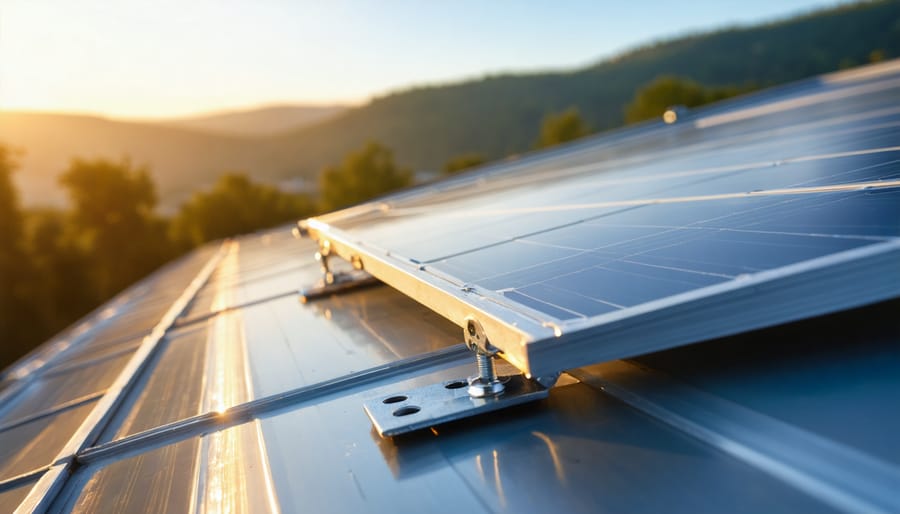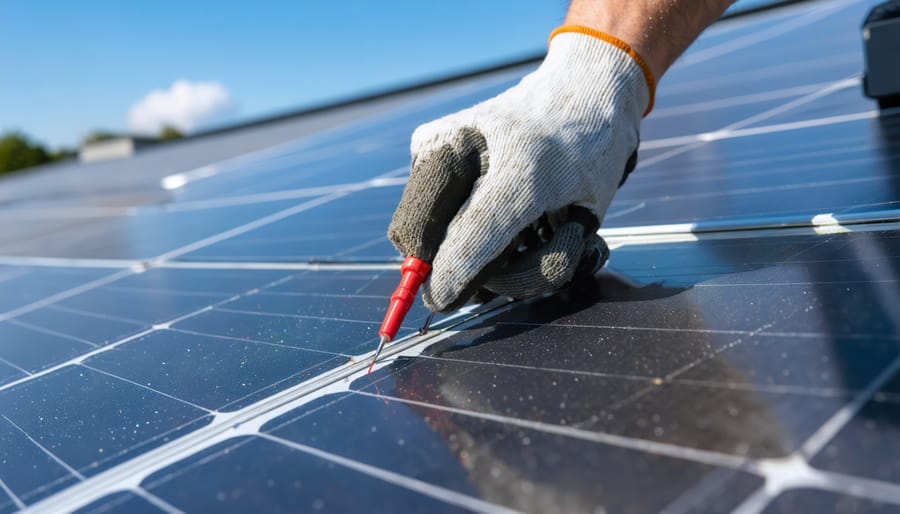Why Do Solar Panels Have a Peak Power?
Updated:

A peak power rating lets users estimate optimum Photovoltaic (PV) system performance. Still, as we find out below, industry experts tend to take this number poorly. Peak power for solar panels, rated in kilowatts per hour (kWp), is the maximum energy output that a panel can produce.
The datasheet contains this information for each solar panel. Power output is never a constant. Although understanding peak power is important, it bears little significance in the day-to-day functionality of the PV system.
Peak power is a comparative figure of potential if solar panels are operating under optimum conditions. You can use the peak power ratings to purchase a system that will supply your energy needs.
Residential solar panels are rated for peak power in highly controlled environments. Solar panels’ real-life power output ratings may vary greatly based on weather conditions.
Calculating Peak Power
Peak power is the maximum output of a solar system over one hour. The calculation to determine this number uses the current and voltage resulting under specific conditions and varying resistance. The higher a solar panel is rated, the greater the nominal power it will produce.
A solar system rated at 4kWp will produce a 4kW (4000W) power output in ideal conditions. Theoretically, the solar panel output would be 4kWh of solar power after one hour.
Because conditions vary constantly, it is rare for a solar system to deliver peak power output. While calculating the peak power, it is impossible to accurately predict a solar panel system’s exact output.
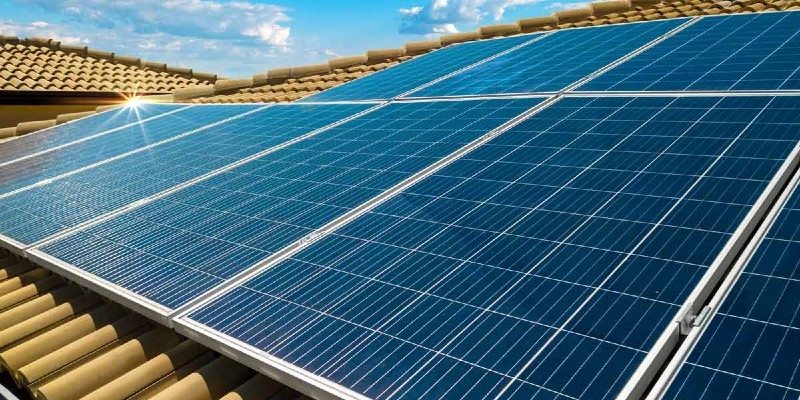 What Factors Affect Output Production?
What Factors Affect Output Production?
Some of the factors that affect the amount of electricity produced are:
- Geographical location
- Degree of available sunlight
- Temperature conditions
- Orientation of solar panels
- Passing weather systems
Solar panel maximum power is calculated under particular and controlled conditions.
Standard Test Conditions
The standard test conditions (STC) for solar panels are rigidly controlled to determine peak power. While the tests define several different measurements, the main result is the power output of each solar panel.
The testing conditions are:
- Sunlight is directed at the solar cells at a perpendicular (90 degrees) angle
- 1.5 standard air mass (AM) spectral distribution
- The light intensity of 1.000 W/m2
- Temperature rating of 25°C/77°F at the solar cell
AM is the measurement equivalence to the length of the optical path as it travels through the atmosphere. This is a relative measurement as opposed to a linear measurement.
Testing under STC determines power output to allow the grouping of solar panels so they are labeled under the correct rating.
How Are Test Conditions Determined?
Testing conditions have real-world correspondences. Optimal conditions are the sunlight hitting a panel angled at 37°, with the sun positioned 41.81° above the horizon. These conditions represent solar noon on the spring and autumn equinoxes in March and September.
Because residential solar panels will rarely, if ever, meet these rigid standard test conditions, peak power should not be your only determining factor when selecting a PV system.
Reading and Understanding a Datasheet
The datasheet for solar panels includes information on the electrical power generated by each panel. In addition, other information regarding the amount of power can be reliably produced.
While different manufacturers will use different terminology depending on the country of origin, the relevant data supplied is the same.
Peak power is sometimes noted as Pmax but is also referred to as nominal power and Pmpp. The bottom line is that, under any name, peak power is how much power a solar panel can produce under perfect conditions. The higher the number, the greater the output potential.
The annual kWh energy production is the most reliable figure when figuring out how many panels are necessary for a PV system. This is a reliable way to figure out production throughout the entire year.
The Difference Between “Nominal Power” and “Real Power”
Peak, or nominal power, is the maximum power output. This is a standard figure whether your panels were manufactured in the US or elsewhere. This figure will remain unchanged regardless of where you install the solar panels.
Real power is the actual electricity produced by your entire system. This number will vary based on the ambient temperature and the sunlight hitting your roof panels at a particular moment. Areas that experience more sunlight will produce more energy from solar PV systems.
Additional Factors Limiting Solar Panel Efficiency
Although solar panels can produce peak power under specific conditions, it is not constant. The actual output of solar panels varies almost constantly based on many factors, including mounting location, angle, and many other variables.
Understanding How Weather Affects Peak Power
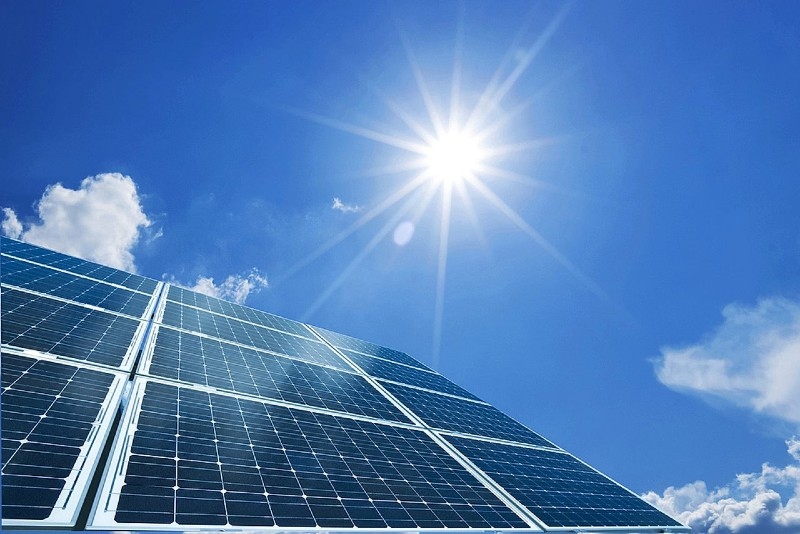
An important factor for solar system output is sunlight and the ever-changing weather. Varying temperature conditions can cause less output. Power output rating and efficiency are dependent on the whims of Mother Nature.
There is a reduction in the ability of any PV system to create electricity when any of the following events occur:
- Rain or snow in any amount
- Winds
- Passing cloud cover
- Temperature shifts
- Any other weather event that limits the amount of sun reaching roof panels
Warmer weather doesn’t mean greater solar production. Higher temperatures work against production by creating resistance. Peak performance is more attainable on a cool, bright, and breezy day during March, April, and May.
Proper Ventilation Makes a Significant Difference.
Maintaining adequate ventilation for a solar energy system will increase solar panel output. This is especially important for roof panels because the temperature is normally higher. Poor ventilation can result in a lower ability to generate electricity, dropping solar system output by as much as 10 percent.
Electrical resistance that affects the flow of electrons within solar panels occurs when the temperature rises. The resulting resistance causes the voltage to drop, lowering the production amount.
This means the solar system produces lower kilowatt-hours (kWh) and lowers output. Due to this phenomenon, solar panels may produce up to 35 percent lower output during the warmer summer months in some geographic locations.
Your Geographical Location Has an Impact.
Just as the weather can affect panel output, where you are located on the earth’s surface also plays a role in the performance of a solar panel system. In fact, geographical location can majorly affect solar energy production.
Due to the normal rotation of the planet, different parts of the earth’s surface receive differing levels of direct sunlight. This means that the solar panel output in US-based solar systems will be greater in the southwest than in the northwest. The farther away from the earth’s centerline or equator, the lower the power production.
Does that mean a solar PV system installed in a snowy, lower-sun area will not produce enough energy to supply a standard home with electricity? No, it merely means that the panel location affects the average amount of electricity.
Overcoming Weather in the Real World
In the real world, the weather is always a factor. Constantly changing conditions mean a constant flux in solar panels’ kilowatt-hours. Even though conditions, including pollution, fog, and other weather conditions, affect solar cells, it is still possible to achieve more output than you need to power your home.
Differing Sunlight Conditions
Cloudy conditions produce diffused sunlight. While this may reduce output, it will not eliminate it. The solar industry would not exist if a few clouds completely interrupted solar system output.
If you remember warnings from sunscreen labels, you can get a sunburn on a cloudy day. Indirect sunlight may not have higher efficiency, but it will still create more electricity than darkness.
Can Subdued Sunlight Be Effective?
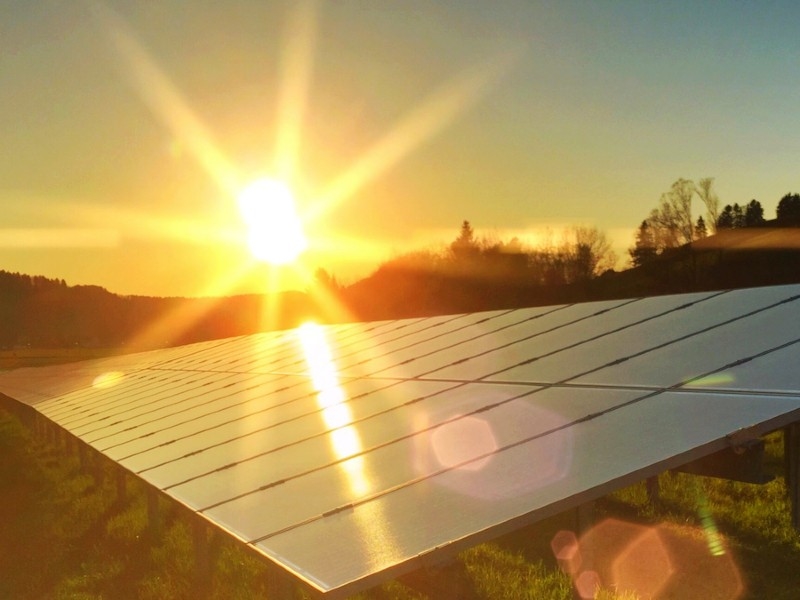
A great example of this principle is to look at the country of Germany. While their geographical positioning is not optimal, they significantly shift toward increasing their solar energy dependence. In 2019, it had a solar PV capacity of 49 gigawatts, an increase of 12.6 gigawatts.
Germany continues to expand their solar panel usage to decrease its reliance on fossil fuels. In other words, even though Germany does not experience ideal sunlight, it can produce enough solar energy to reduce its carbon footprint.
Snow May Increase Solar Panel Performance.
In some instances, heavy snowfall can halt all solar panel production. Solar farms often include snow removal into the structure of their normal maintenance plans.
With roof panels in snowy climate regions, snow removal becomes more difficult. Accumulation depends on the angle panels are mounted, the air temperature, the density of the snow, and many other factors. However, in some instances, because snow reflects light, it can also enhance performance.
Passing Cloud Coverage and Other Factors.
The Jet Stream keeps the clouds above us in constant motion. That means achieving perfect solar system energy production conditions will rarely occur in the real world.
In other words, getting peak power out of any solar panel system will probably never happen.
Positioning Solar Panels to Optimize Solar Panel Efficiency Ratings
The position of solar panels determines their potential. For example, a north-facing panel will not produce the same electricity as a south-facing panel in the northern hemisphere. Installation companies are well-versed in optimizing output with correct positioning for residential PV systems.
Don’t Lose Your Datasheets.
Solar panel data sheets contain more information than the peak power rating. Each panel also has an efficiency rating. This is the ability of the solar panel to convert sunlight into usable energy.
The average rating on most solar panels ranges from 15 to 18 percent. This means approximately 15 to 18 percent of the sunlight converts to the energy reaching the panel.
Positioning is an important part of planning to achieve the most out of your solar panels.
How Many Solar Panels Do You Need?
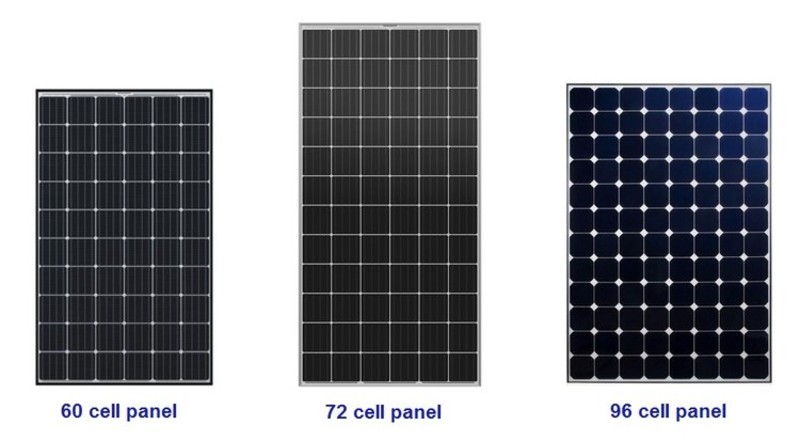
As you plan out your solar PV system, determining how many panels you need to meet your wattage rating depends on many factors.
For discussion, imagine a 2,000-square-foot home with an average use of 11,000 kWh of electricity. This example uses an average solar panel rating of 250 watts. To completely rely on solar would require approximately 28 to 34 panels. Shifting to 400-watt panels would decrease the number of panels necessary to between 20 and 25.
Partial Solar Power Options
If you are not trying to provide electricity for your entire home, you can still use solar panels to offset your energy usage. For instance, installing a solar water heater or solar hot tub.
To give you an idea of the energy required for single-item solar systems (all usage figures are based on annual usage):
- A standard refrigerator uses 600 kWh and can be powered by two panels
- An air conditioning window unit uses 215 kWh, and you can power with one panel
- Heating a swimming pool uses 2.500 kWh and would need up to eight panels
- Powering an electric vehicle uses 3,000 kWh, requiring 10 panels
The greater the annual usage, the higher the number of required solar panels. Higher efficiency panels will mean you need fewer panels to fulfill your needs.
Weighing All the Options
When considering solar options, understanding “Why do solar panels have a peak power?” is a good thing to be aware of. You must focus on the real power output of the panels you select. Evaluate your needs, location, and positioning of your prospective mounting area. When you shop for equipment, we hope the information provided here was helpful.
Although installing smaller solar panel systems for single items is pretty straightforward, discussing your solar options for a whole-house conversion with a professional installation company is best.





